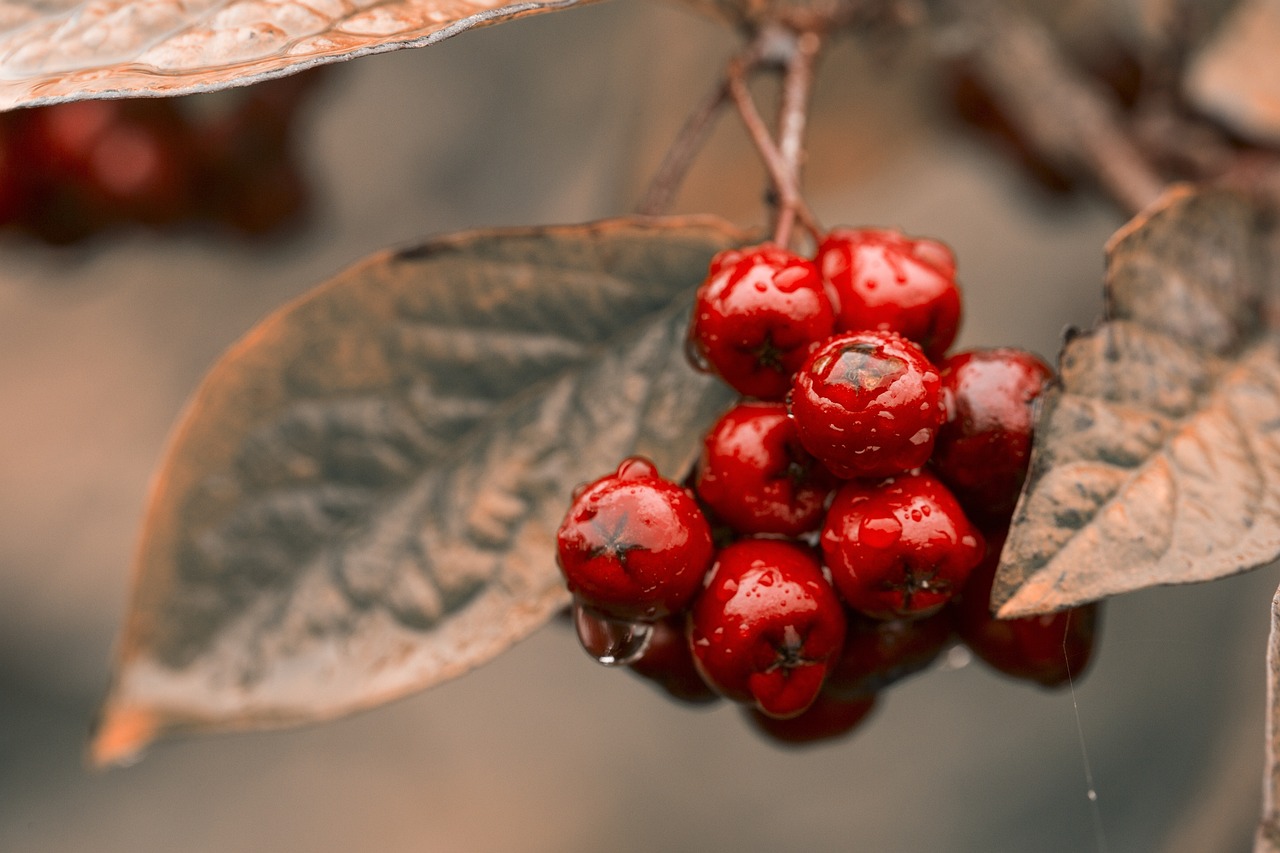Sustainable Agriculture: Agroecology and Biodynamic Farming
Traditional farming practices have been the backbone of agriculture for centuries, passed down through generations. These methods typically involve the use of chemical fertilizers, pesticides, and machinery to cultivate crops and raise livestock. Farmers rely heavily on these inputs to maximize yields and ensure the success of their harvests.
In traditional farming, monoculture is often practiced, where large areas of land are dedicated to growing a single crop. This can lead to a depletion of soil nutrients and increased susceptibility to pests and diseases. Additionally, the heavy use of chemicals can have detrimental effects on the environment, affecting soil health, water quality, and biodiversity. Despite these challenges, traditional farming methods continue to be prevalent in many parts of the world.
Benefits of Agroecology in Agriculture
Agroecology in agriculture brings a multitude of benefits to farmers and the environment. By emphasizing biodiversity and natural ecological processes, agroecology helps to maintain soil fertility and enhance crop resilience. This leads to improved food security and a more sustainable agricultural system overall.
Furthermore, agroecology promotes the efficient use of resources and reduces reliance on synthetic inputs like chemical pesticides and fertilizers. This not only results in cost savings for farmers but also helps to protect the health of consumers and the surrounding ecosystems. Overall, embracing agroecological principles in agriculture can lead to a more resilient and environmentally friendly food production system.
Principles of Biodynamic Farming
Biodynamic farming is a holistic approach to agriculture that emphasizes the interconnectedness of all elements within the farm ecosystem. This method views the farm as a self-sustaining organism, where the soil, plants, animals, and surrounding environment all work together in harmony.
One of the key principles of biodynamic farming is the use of compost and manure to improve soil fertility and structure. Farmers who practice biodynamics believe in the importance of maintaining the health of the soil through natural means, rather than relying on synthetic fertilizers or pesticides. This approach not only enhances the nutrient content of the soil but also promotes long-term sustainability and biodiversity on the farm.
What is biodynamic farming?
Biodynamic farming is a holistic and sustainable approach to agriculture that views the farm as a self-sustaining ecosystem.
What are the principles of biodynamic farming?
The principles of biodynamic farming include treating the farm as a living organism, using natural preparations to enhance soil fertility, and following a planting calendar based on lunar cycles.
How does biodynamic farming differ from traditional farming practices?
Biodynamic farming goes beyond organic practices by emphasizing spiritual and cosmic influences on agriculture, such as lunar cycles and planetary alignments.
What are some of the benefits of agroecology in agriculture?
Agroecology promotes biodiversity, resilience to climate change, and healthy soil, leading to higher crop yields and improved environmental sustainability.
How can farmers implement biodynamic farming practices on their own farms?
Farmers can start by incorporating biodynamic preparations, composting, and planting according to a lunar calendar to align with the principles of biodynamic farming.







